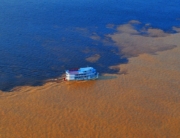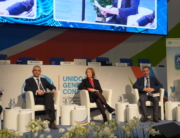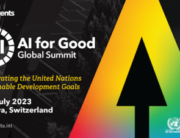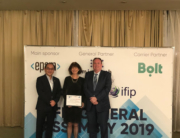Gesellschaft für Informatik (GI) has released a new publication entitled “Potentials of Green Coding” which examines the degree to which environmentally friendly software development approaches are being applied in business and the associated challenges and conditions for success.
Green coding is becoming increasingly relevant as a strategic corporate goal, but only a fraction of companies currently measure the environmental impact of their own software or apply mitigation strategies. This is mainly due to a lack of resources, know-how and concrete strategies, but problems with measurability and missing metrics also play a role. The report outlines the results of a survey of 90 participants and a workshop with 18 software industry, revealing that:
- About half of the software companies surveyed consider green coding to be a strategic goal, but only 18 per cent of companies currently measure the environmental impact of their software and only 16 per cent use concrete green coding approaches to curb the energy and resource consumption of their software.
- There is a lack of concrete strategies (54 per cent), know-how (46 per cent) and (time) resources (36 per cent).
- Only 17 per cent of respondents say their company is doing enough to reduce software-related environmental impacts.
- About 75 per cent see untapped potential for more sustainability in the software development process.
GI’s Carolin Henze, who managed the project said, “It is also important in the process of software development to prevent the phenomenon of greenwashing, in which resource and energy efficiency are recognised as sales arguments without significant environmental benefits. To achieve this, it is crucial to widely disseminate and make accessible methods and tools for measuring the environmental impact of software products, including their energy consumption, while introducing standardised units of measurement.”
The publication is part of the Potentials of Green Coding project, which is a cooperation between GI, HTW Berlin and the Environmental Campus Birkenfeld of Trier University of Applied Sciences and is funded by the Internet Society Foundation. Click here to download the final report.





